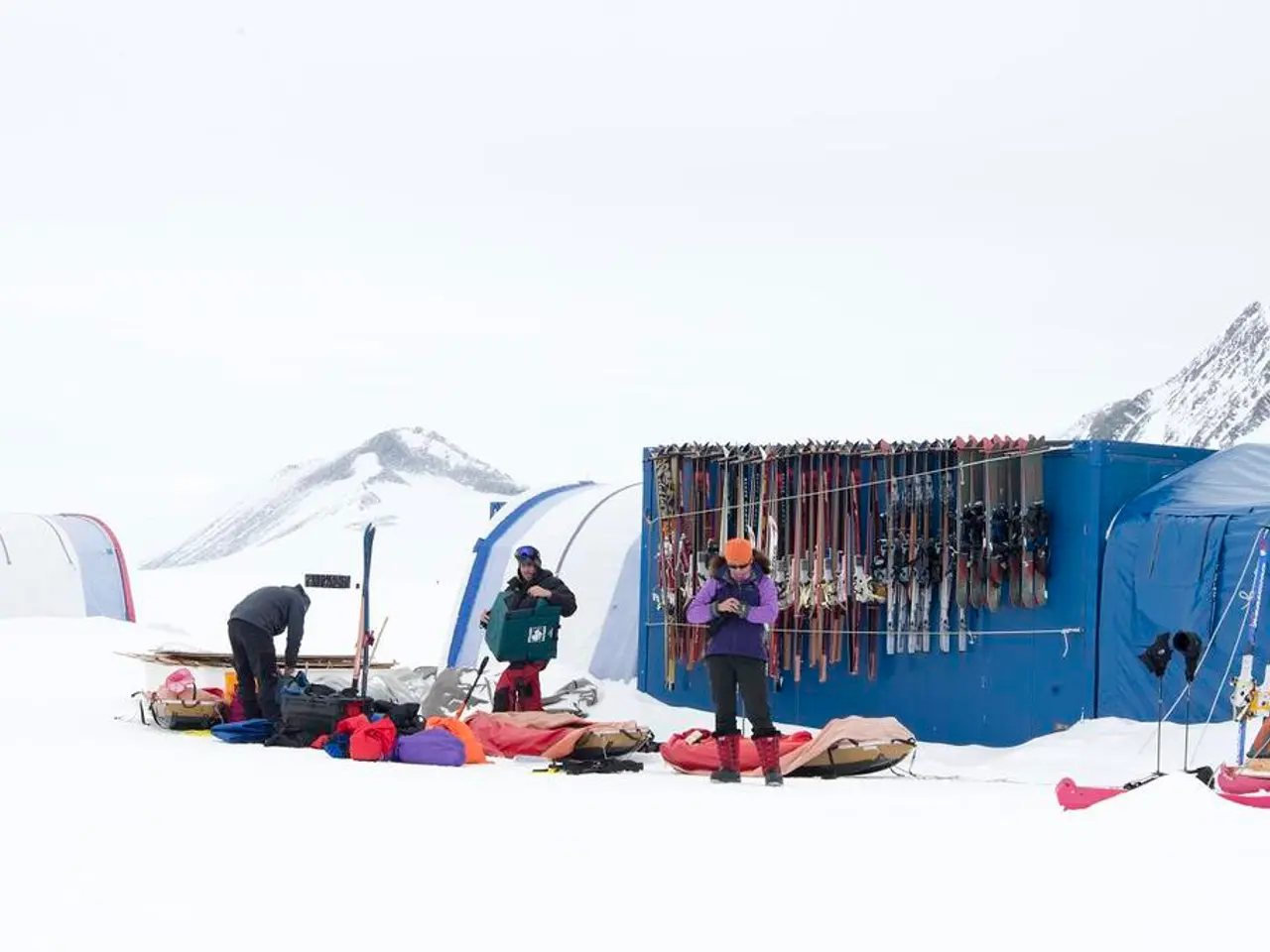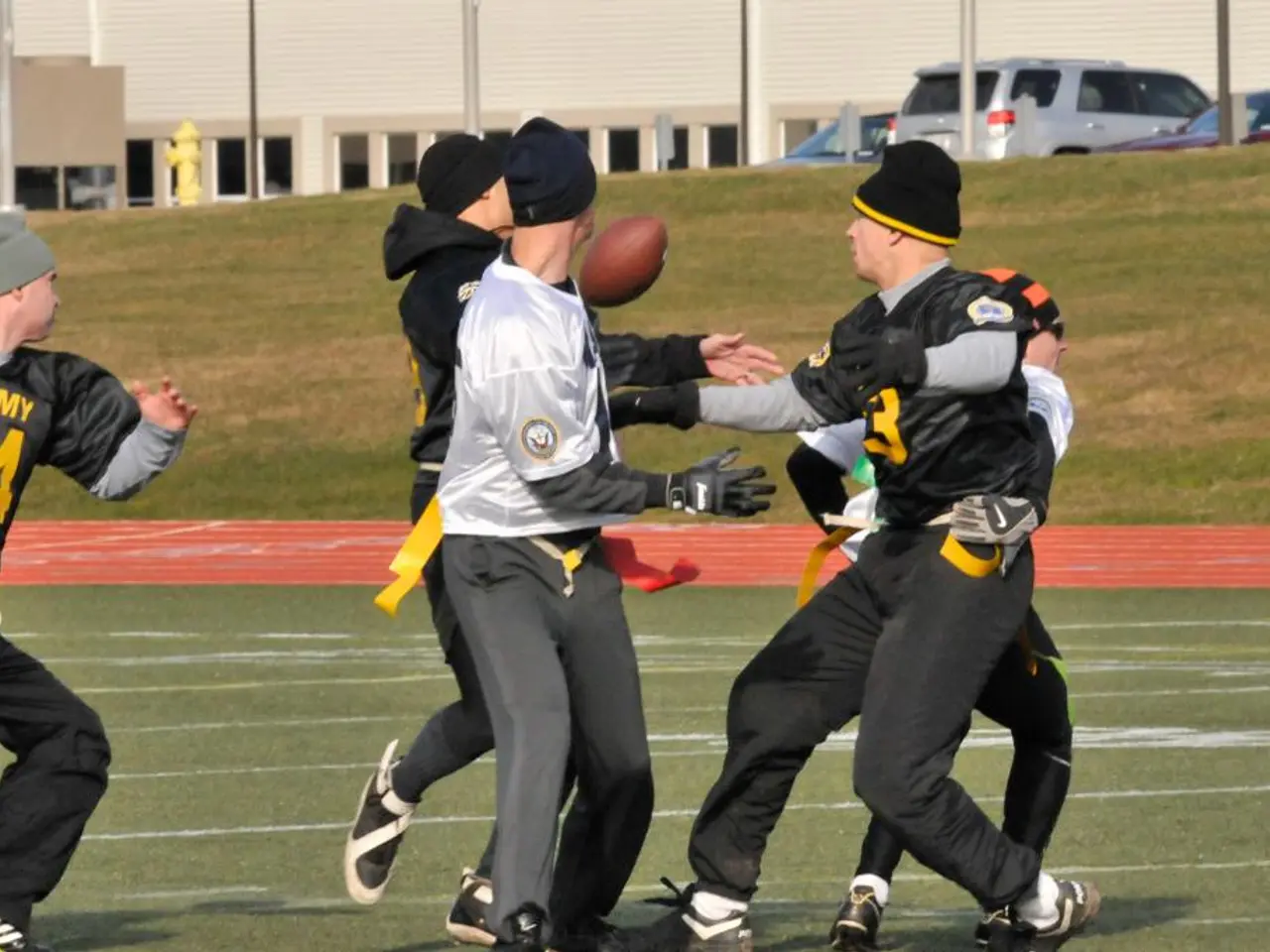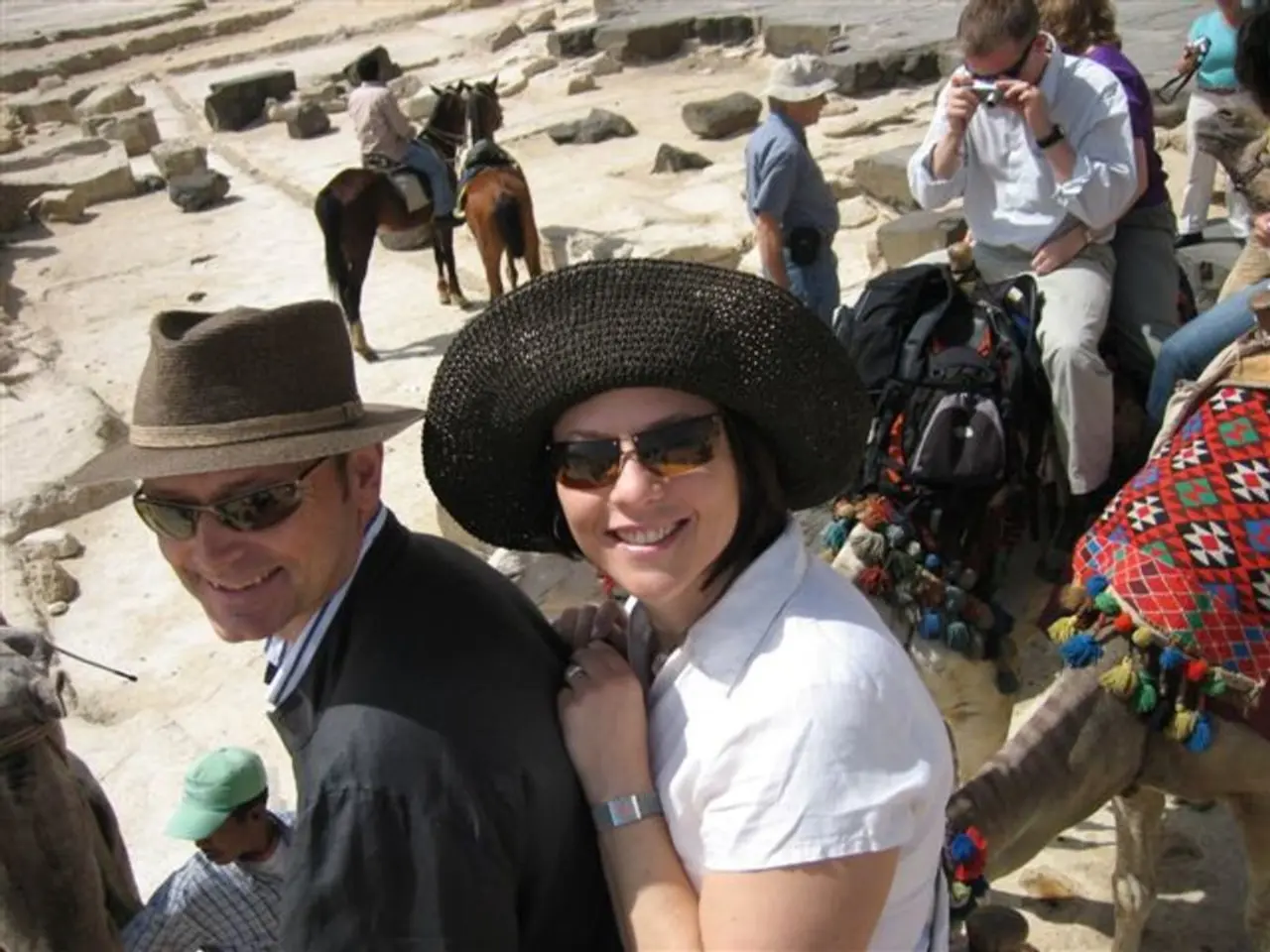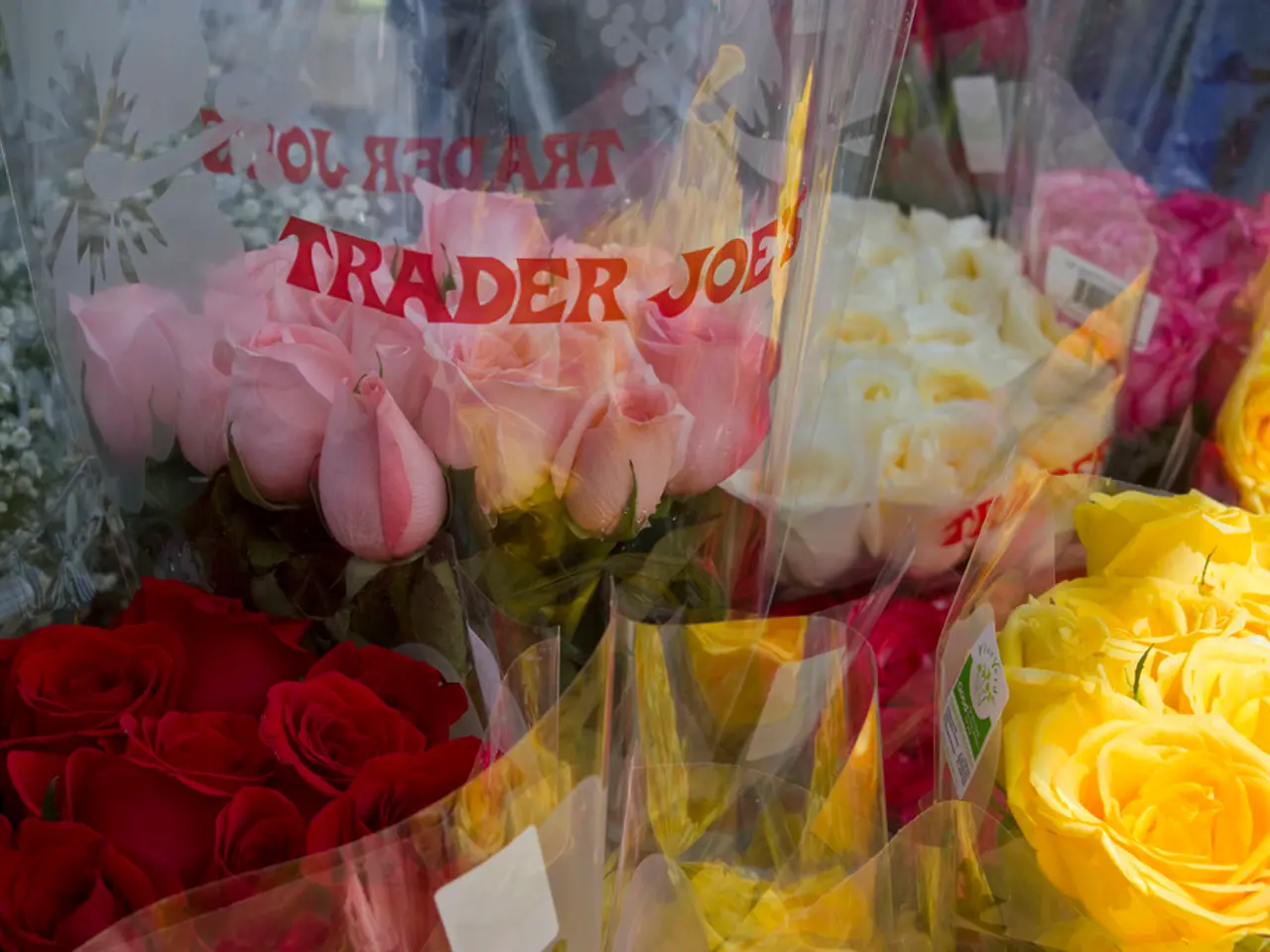Avalanche Near Misses Reiterate Importance of Safety Measures
Headline: Multiple Avalanches in New Zealand Backcountry: NZAA Urges Caution for Winter Adventurers
In the past weekend, New Zealand saw multiple avalanches in the backcountry, highlighting the importance of safety precautions for those venturing into the wilderness.
On Saturday, a skier in a party of three triggered a persistent slab avalanche in the Craigieburn Range, Canterbury. Despite several close calls, no injuries were reported. The New Zealand Avalanche Advisory (NZAA) identified persistent slabs as avalanche problems for the weekend.
The MSC is reminding skiers and snowboarders to adopt backcountry precautions when leaving a patrolled ski area. Those venturing beyond the patrolled ski area boundaries need to take responsibility for assessing the terrain, understanding snow conditions, and making safe decisions.
Skiing within the ski field boundary means you're within a controlled environment where ski patrols monitor and manage avalanche danger. In contrast, skiing in the backcountry is an uncontrolled, wild environment, where avalanche hazards are not actively managed. Persistent slabs are difficult-to-detect layers buried deep within a snowpack that often behave unpredictably.
The NZAA advises backcountry enthusiasts to get the avalanche forecast, adapt their plans, have proper training, carry avalanche rescue equipment, and know how to use it. Essential avalanche safety equipment includes an avalanche transceiver (beacon) to send and receive locating signals in case of burial, an avalanche probe for pinpointing buried victims under snow, and an avalanche shovel to dig out victims or create snow shelters.
Alpine Recreation in New Zealand provides this avalanche safety kit for backcountry tours, but skiers and snowboarders must bring or rent their own alpine touring boots or split-boarding gear. Additional recommended gear includes a reliable backpack (around 45L with side tension straps), a headlamp with spare batteries, proper thermal clothing layers (polypro or merino base layers, fleece jackets), waterproof gloves and parkas, sun protection like hats and buffs, trekking or ski gaiters, and hiking boots for approaches.
Travelers should log trips in hut books if staying in backcountry huts, practice “leave no trace” etiquette, and consider going with experienced guides if unfamiliar with New Zealand’s alpine terrain. Timing outings to early mornings can reduce risk as colder temperatures stabilize snow, minimizing loose wet avalanche hazard. Safe travel practices to reduce avalanche risk include choosing ridgelines and low angle terrain over steep slopes whenever possible and maintaining clear communication with group members.
The NZAA provides daily avalanche forecasts for 13 backcountry alpine regions around Aotearoa. On Sunday, the Turoa ski patrol on Mt Ruapehu reported signs of an avalanche outside the ski area. At least three avalanches occurred near ski fields over the weekend.
Mike, a backcountry enthusiast, emphasizes the importance of getting the forecast, getting the training, and getting the gear for those heading into the New Zealand back country this winter. "Preparation, knowledge, and the right equipment can make all the difference," he says.
[1] Alpine Recreation [2] New Zealand Avalanche Advisory [3] Department of Conservation [4] Mountain Safety Council [5] Plan My Walk
Sports enthusiasts venturing into the New Zealand backcountry for winter adventures should be mindful of the uncontrolled avalanche hazards that are not actively managed, unlike ski fields. The New Zealand Avalanche Advisory (NZAA) advises backcountry skiers and snowboarders to get the avalanche forecast, have proper training, carry avalanche rescue equipment, and know how to use it.






